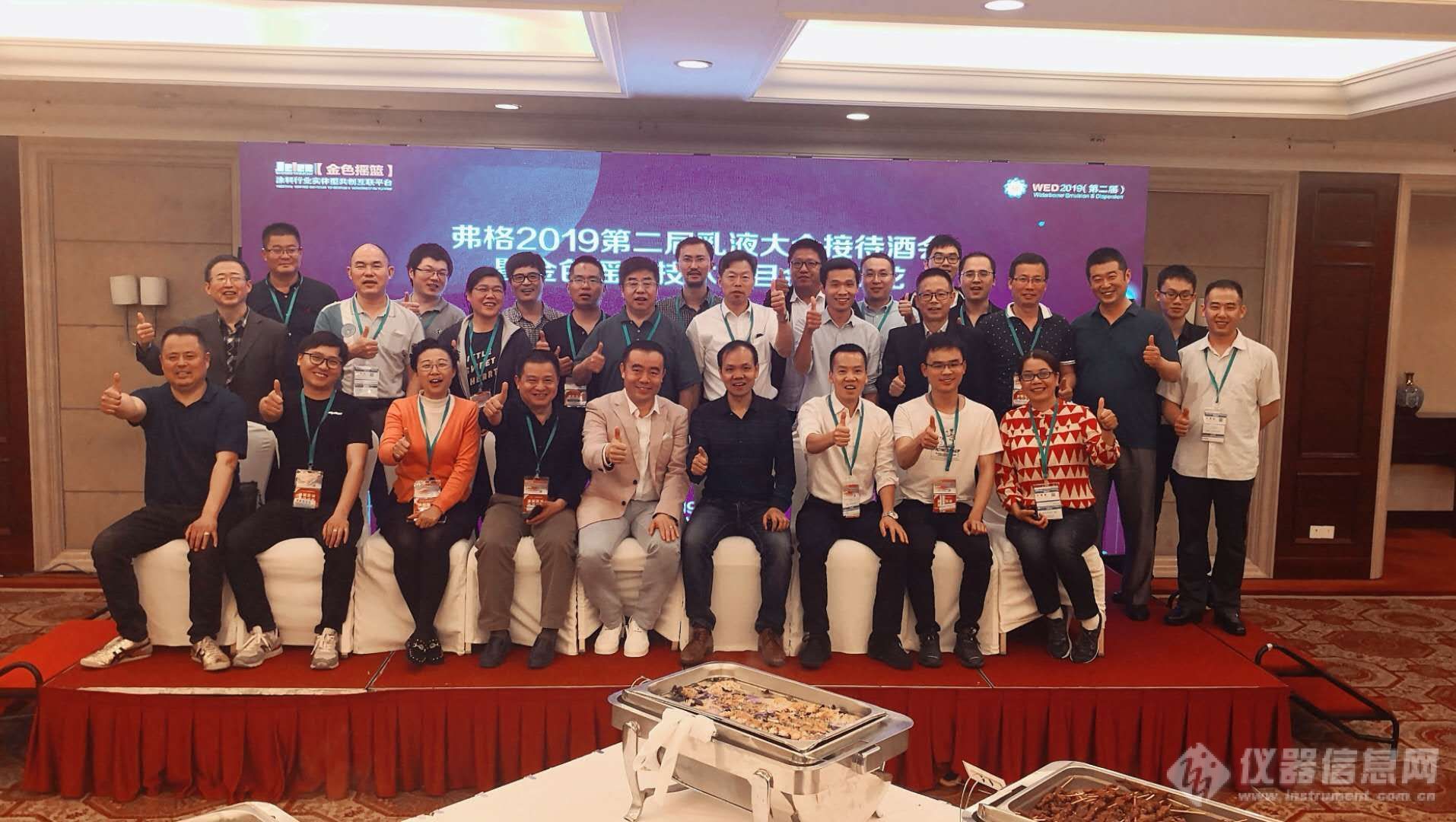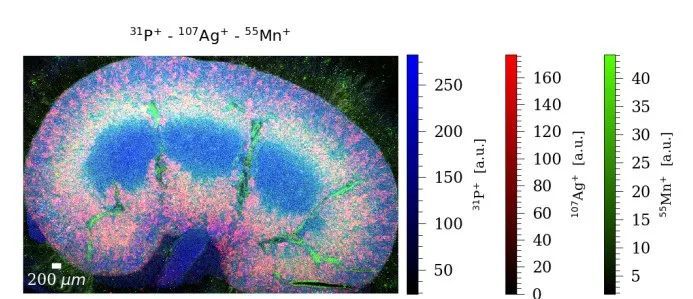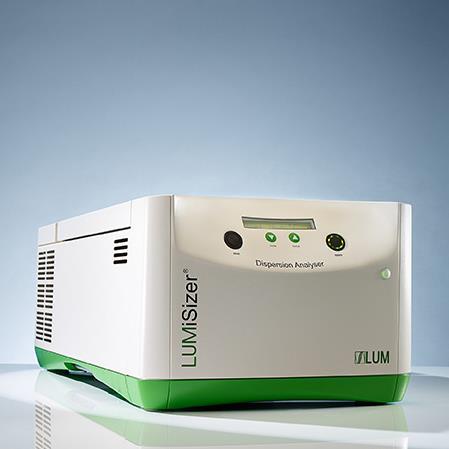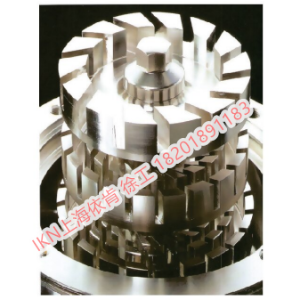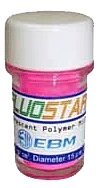UCLA卢云峰课题组AFM:催化剥离制备高导电性、高分散性石墨烯及其在锂离子电池中的应用
p style=" text-align: justify text-indent: 2em line-height: 1.5em " span style=" text-indent: 2em font-size: 16px " 近日, /span a href=" http://www.seas.ucla.edu/~lu/#home" target=" _blank" span style=" color: rgb(0, 112, 192) " strong span style=" text-indent: 2em font-size: 16px text-decoration: underline " 美国加州大学洛杉矶分校(UCLA)卢云峰教授课题组 /span /strong /span /a span style=" text-indent: 2em font-size: 16px " 利用石墨插层原理,将具有催化活性的FeCl3插入边缘氧化石墨层间,再利用层间FeCl3催化循环分解H2O2鼓泡剥离得到大尺寸(~10 μm)、高导电性(926 S cm-1)及高分散性(~10 mg mL-1 水体系)石墨烯。 /span /p p style=" text-align: justify text-indent: 2em line-height: 1.5em " span style=" text-indent: 2em font-size: 16px " /span /p p style=" text-align: center" img style=" max-width:100% max-height:100% " src=" https://img1.17img.cn/17img/images/202012/uepic/6a2c0a11-e50f-4bb5-819a-22c5e955b506.jpg" title=" 4a21eeb8-c37c-43aa-b45a-b90a114537e4.jpg" alt=" 4a21eeb8-c37c-43aa-b45a-b90a114537e4.jpg" / /p p style=" text-align: center " strong UCLA卢云峰教授团队 /strong /p p style=" text-align: justify text-indent: 2em " span style=" font-size: 16px " i span style=" font-size: 14px " 石墨烯因其超高导电性、高比表面积及优良的机械性能而在能源存储领域有着广泛应用。液相剥离是实现石墨烯商业化最重要的制备方法之一。通过氧化剥离制得的石墨烯(或氧化石墨烯)虽然具有较好的水系分散性,但含氧官能团也大大降低了石墨烯的导电率。近年来尽管一直有文献报道采用液相剥离制备高品质石墨烯,但制备同时具有高导电性与高分散性的石墨烯仍然具有挑战性。这也部分限制了石墨烯应用于能源材料领域,尤其是需要同时满足高导电性及水系分散性的锂离子电池、超级电容器及太阳能电池等应用。 /span /i /span /p p style=" text-align: justify line-height: 1.5em text-indent: 0em " span style=" text-indent: 2em font-size: 16px " 作为应用实例,这种高导电性、高分散性石墨烯(HCDG)随后通过喷雾干燥与商业LiFePO4复合制备LiFePO4-HCDG正极。石墨烯导电网络被证明大幅度提高了该复合电极的循环稳定性、倍率性能及体积能量密度。这为液相剥离制备高导电性、高分散性石墨烯及开发高功率型锂离子电池提供了新思路。该文章发表在国际知名期刊 /span a href=" https://nyxr-home.com/tag/advanced-functional-materials" target=" _blank" span style=" color: rgb(0, 112, 192) text-indent: 2em font-size: 16px text-decoration: underline " strong Advanced Functional Materials(影响因子:16.836) /strong /span /a span style=" text-indent: 2em font-size: 16px " 上。论文题目为“High-Conductivity–Dispersibility Graphene Made by Catalytic Exfoliation of Graphite for Lithium-Ion Battery”。莫润伟研究员为本文共同通讯作者;UCLA博士生陶然和博士生李凡为共同第一作者。 /span span style=" font-size: 14px text-indent: 2em " br/ /span /p p style=" text-align: center line-height: 1.5em text-indent: 0em " span style=" font-size: 16px background-color: rgb(0, 112, 192) color: rgb(255, 255, 255) " strong 【研究及表征】 /strong /span span style=" font-size: 14px background-color: rgb(255, 192, 0) " br/ /span /p p style=" text-align: justify text-indent: 2em line-height: 1.5em " strong span style=" font-size: 16px " 1 催化剥离制备高导电性、高分散性石墨烯的原理介绍 /span /strong /p p style=" text-align: justify text-indent: 2em line-height: 1.5em " strong span style=" font-size: 16px " /span /strong /p p style=" text-align: center" img style=" max-width:100% max-height:100% " src=" https://img1.17img.cn/17img/images/202012/uepic/cc055388-4c77-46a2-b034-1721782b99b3.jpg" title=" image001.png" alt=" image001.png" / /p p style=" text-align: center line-height: 1.5em text-indent: 0em " span style=" font-size: 14px " strong 图1. 采用催化剥离制备高导电性、高分散性石墨烯过程示意图 /strong /span /p p style=" text-align: justify text-indent: 2em line-height: 1.5em " span style=" font-size: 16px " 为了制备高导电性、高分散性石墨烯,我们需要在石墨烯边缘引入含氧官能团提高其亲水性,同时还需保证中心区域的结构完整性。这里我们基于石墨插层原理,将具有催化活性的FeCl3插入边缘氧化石墨层间,再利用FeCl3催化分解H2O2鼓泡剥离制备得到石墨烯。与传统液相剥离法不同,这种方法先从边缘由Mn3+率先与H2O2反应打开层间入口,暴露出插入层间的FeCl3催化剂,再经过H2O2扩散至层间后与FeCl3反应,由外至内逐步剥离石墨烯片层。值得注意的是,无氧化剥离过程有效保证了片层中心的结构完整性,这使得石墨烯具有高导电性;而位于石墨烯边缘的含氧官能团提高了石墨烯水系分散性。此外,FeCl3的有效插层以及从外到内的逐步剥离使得石墨烯还具有少层及大尺寸的特性。 /span /p p style=" text-align: justify text-indent: 2em line-height: 1.5em " span style=" font-size: 16px " /span /p p style=" text-align: center" img style=" max-width:100% max-height:100% " src=" https://img1.17img.cn/17img/images/202012/uepic/07b405f0-a3a7-4fde-ace2-07553ef66241.jpg" title=" image002.png" alt=" image002.png" / /p p style=" text-align: justify text-indent: 2em line-height: 1.5em " span style=" font-size: 14px " strong 图2. HCDG的物象表征。 /strong (a)HCDG,FeCl3-边缘氧化石墨嵌层物,边缘氧化石墨以及石墨的XRD谱图。(b)HCDG及石墨的拉曼谱图。(c)HCDG的XPS能谱。(d-f)HCDG的TEM图像 (g)SEM图像及(h)AFM图像。(i)HCDG的尺寸分布。(j)HCDG的尺寸、导电性及水系分散性与已报道的其他石墨烯材料性能对比 /span /p p style=" text-align: justify text-indent: 2em line-height: 1.5em " strong span style=" font-size: 16px " 2 利用喷雾干燥制备LiFePO4-高导电性、高分散性石墨烯 (LFP-HCDG) 正极及其电化学表征 /span /strong /p p style=" text-align: justify text-indent: 2em line-height: 1.5em " span style=" font-size: 16px " 这种高导电性、高分散性石墨烯在能源材料领域尤其是同时需要上述两种特性的应用中具有巨大的利用前景。为了论证这一观点,作者采用喷雾干燥法,将HCDG与纳米尺寸(~30nm)的商业LiFePO4复合,得到LFP-HCDG正极。大尺寸石墨烯相比与小尺寸石墨烯,能够构建更有效的电子传导网络。HCDG的高导电性提高了复合正极的电子传导速率,高分散性实现了水体系下与活性材料的有效复合。此外,喷雾干燥还有效增大了正极材料的振实密度,配合LFP-HCDG在高倍率下展现出的高容量,提高了电极的体积能量密度。 /span /p p style=" text-align: justify text-indent: 2em line-height: 1.5em " span style=" font-size: 16px " /span /p p style=" text-align: center" img style=" max-width:100% max-height:100% " src=" https://img1.17img.cn/17img/images/202012/uepic/66d7f5a1-8d15-4730-a49e-81c02e10c809.jpg" title=" image003.png" alt=" image003.png" / /p p style=" text-align: justify text-indent: 2em line-height: 1.5em " span style=" font-size: 14px " strong 图3. LFP-HCDG的物象表征。 /strong (a)LFP-HCDG正极复合材料中的电子传导分析及其与小尺寸石墨烯复合正极对比。(b-c)LFP-HCDG的SEM图像,(d-e)SEM-EDS图像,(f-h)TEM图像。(i)LFP-HCDG在空气气氛下的TGA曲线。 /span /p p style=" text-align: justify text-indent: 2em line-height: 1.5em " span style=" font-size: 16px " 大尺寸、高导电性及高分散性石墨烯大大提高了LFP-HCDG复合正极的长程导电性及锂离子迁移速率。为了论证这一观点,对LFP-HCDG,LiFePO4-氧化石墨烯(LFP-GO)及商业LiFePO4进行了CV, EIS,循环性能,倍率性能及动力学特性等多项表征与测试。对比LFP-GO与商业LFP,LFP-HCDG展现了高可逆容量 (0.5 C 下159.9 mA h g-1)、高倍率性能(20 C下76.6 mAh g-1)及优良的循环稳定性 (1000循环容量保持率& gt 89%)。同时,利用喷雾干燥的复合方法在商业LiFePO4中加入HCDG提高了电极体积能量密度 (0.5C下658.7以及20C下287.6 Wh L-1)。 /span /p p style=" text-align: center" img style=" max-width:100% max-height:100% " src=" https://img1.17img.cn/17img/images/202012/uepic/e6112f58-688d-4d90-aaa5-8a4dae008060.jpg" title=" image004.png" alt=" image004.png" / /p p style=" text-align: justify text-indent: 2em line-height: 1.5em " span style=" font-size: 14px " strong 图4. LFP-HCDG,LFP-GO及商业LFP的电化学性能及动力学分析 /strong :(a)充放电曲线(b)循环伏安曲线(c)倍率性能(d)活性材料利用率(e)2C下的循环性能(f)EIS曲线(g)中位放电电压(h)在不同倍率下的体积能量密度。 /span /p p style=" text-align: center line-height: 1.5em text-indent: 0em " span style=" color: rgb(255, 255, 255) background-color: rgb(0, 112, 192) " strong span style=" color: rgb(255, 255, 255) font-size: 16px " 【结论】 /span /strong /span /p p style=" text-align: justify text-indent: 2em line-height: 1.5em " strong span style=" font-size: 16px " 作者开发了一种液相催化剥离方法制备高导电性(926 S cm-1),高分散性(10 mg mL-1 水体系)及大尺寸(10 μm)石墨烯。 /span /strong span style=" font-size: 16px " 这种方法解决了传统液相剥离方法中导电性与分散性难以兼得的问题,拓展了石墨烯在同时需要高导电性与高分散性的能源材料领域中的应用。作为应用实例,我们利用喷雾干燥法将高导电性、高分散性石墨烯与商业LiFePO4复合,并证明了石墨烯导电网络大幅度提高了该复合电极的循环稳定性(1000循环容量保持率& gt 89%)、倍率性能 (20 C下76.6 mAh g-1) 及体积能量密度 (0.5C下658.7 Wh L-1以及20C下287.6 Wh L-1)。这为液相剥离制备高导电性、高分散性石墨烯及开发高功率型锂离子电池提供了新思路。 /span /p p style=" text-align: justify text-indent: 2em line-height: 1.5em " span style=" font-size: 14px " i Ran Tao, Fan Li, Xing Lu, Fang Liu, Jinhui Xu, Dejia Kong, Chen Zhang, Xinyi Tan, Shengxiang Ma, Wenyue Shi, Runwei Mo, Yunfeng Lu, High-Conductivity–Dispersibility Graphene Made by Catalytic Exfoliation of Graphite for Lithium-Ion Battery, strong Adv. Fucut. Mater /strong ., 2020, DOI:10.1002/adfm.202007630 /i /span /p p style=" text-align: center line-height: 1.5em text-indent: 0em " span style=" font-size: 16px font-family: arial, helvetica, sans-serif color: rgb(255, 255, 255) background-color: rgb(0, 112, 192) " strong 【作者介绍】 /strong /span /p p style=" text-align: justify text-indent: 2em line-height: 1.5em " span style=" font-size: 16px font-family: 楷体, 楷体_GB2312, SimKai " strong span style=" font-family: 楷体, 楷体_GB2312, SimKai font-size: 14px " /span /strong /span /p p style=" text-align: center" img style=" max-width:100% max-height:100% " src=" https://img1.17img.cn/17img/images/202012/uepic/6d415b73-1d31-4b66-8ba9-c4bd658be1af.jpg" title=" cbf11921-e8dd-4743-b80d-14448d8bfee6.jpg" alt=" cbf11921-e8dd-4743-b80d-14448d8bfee6.jpg" / /p p style=" text-align: justify text-indent: 2em line-height: 1.5em " strong span style=" font-size: 16px font-family: 楷体, 楷体_GB2312, SimKai " 卢云峰 (Yunfeng Lu) /span /strong span style=" font-size: 16px font-family: 楷体, 楷体_GB2312, SimKai " ,加州大学洛杉矶分校化学与生物分子工程系教授。博士就读于新墨西哥大学化学工程专业,师从C. Jeffrey Brinker。在2005 年同时获得总统科学家和工程师早期职业奖(Presidential Early Career Awards for Scientists and Engineers );美国能源部早期职业科学家和工程师奖 (Early Career Scientist and Engineer Awards, Department of Energy);美国化学会联合利华奖 (Unilever Award, American Chemical Society, Division of Colloid and Surface Chemistry)。研究方向:能源存储及转化 药物递送及纳米医学。 /span /p p style=" text-align: justify text-indent: 2em line-height: 1.5em " span style=" font-size: 16px font-family: 楷体, 楷体_GB2312, SimKai " https://samueli.ucla.edu/people/yunfeng-lu/ /span /p p style=" text-align: justify text-indent: 2em line-height: 1.5em " strong span style=" font-size: 16px font-family: 楷体, 楷体_GB2312, SimKai " 莫润伟(Runwei Mo) /span /strong span style=" font-size: 16px font-family: 楷体, 楷体_GB2312, SimKai " ,美国加州大学洛杉矶分校化学与生物分子工程系博士后。博士就读于哈尔滨工业大学。瞄准电荷高效储存与输运的结构调控科学问题,在电化学储能新材料设计以及制造新技术方面取得了系列创新性成果:第一作者/通讯作者身份发表 Nature Communications (3 篇), Advanced Materials, ACS Nano (2 篇), Advanced Functional Materials, Energy Storage Materials (3 篇) 等多篇国际知名期刊论文。研究方向:先进能源存储材料;厚电极关键制造技术。 /span /p p style=" text-align: justify text-indent: 2em line-height: 1.5em " strong span style=" font-size: 16px font-family: 楷体, 楷体_GB2312, SimKai " 陶然(Ran Tao) /span /strong span style=" font-size: 16px font-family: 楷体, 楷体_GB2312, SimKai " ,2015年本科毕业于北京航空航天大学化学学院应用化学专业,2020年博士毕业于加州大学洛杉矶分校化学与生物分子工程系化学工程专业,博士期间获得奖学金(Graduate Division Fellowship)。目前在劳伦斯伯克利国家实验室从事博士后研究。研究方向:锂电池,纳米材料。 /span /p p style=" text-align: justify text-indent: 2em line-height: 1.5em " strong span style=" font-size: 16px font-family: 楷体, 楷体_GB2312, SimKai " 李凡(Fan Li) /span /strong span style=" font-family: 楷体, 楷体_GB2312, SimKai font-size: 16px " span style=" font-family: 楷体, 楷体_GB2312, SimKai " , 2015,2020年在加州大学洛杉矶分校化学与生物分子工程系分别获得化学工程学士,化学工程博士学位。博士期间获得奖学金(Graduate Division Fellowship)。研究方向:能源存储,纳米材料。 /span span style=" font-family: 楷体, 楷体_GB2312, SimKai text-indent: 2em " (文源:能源学人) /span /span /p p style=" text-align: justify text-indent: 2em line-height: 1.5em " span style=" text-indent: 2em font-family: 楷体, 楷体_GB2312, SimKai font-size: 16px background-color: rgb(0, 112, 192) color: rgb(255, 255, 255) " 【相关阅读】 /span /p p style=" text-align: justify text-indent: 2em line-height: 1.5em " span style=" text-indent: 2em font-family: 楷体, 楷体_GB2312, SimKai font-size: 16px color: rgb(255, 255, 255) " /span /p p style=" text-align: center " span style=" text-decoration: underline " strong a href=" https://www.instrument.com.cn/news/20190329/482648.shtml" target=" _blank" 穿越血脑屏障!UCLA卢云峰团队研发新型纳米胶囊(点击查看) /a /strong /span /p p style=" text-align: center " span style=" text-decoration: underline " 更多相关资讯 扫码关注【3i生仪社】 /span /p p style=" text-align: center " span style=" font-size: 16px font-family: 楷体, 楷体_GB2312, SimKai text-indent: 2em " /span /p p style=" text-align: center" img style=" max-width: 100% max-height: 100% width: 172px height: 172px " src=" https://img1.17img.cn/17img/images/202012/uepic/488c5bea-e206-4467-9664-3a23ecde71d4.jpg" title=" 3i生仪社 二维码.jpg" alt=" 3i生仪社 二维码.jpg" width=" 172" height=" 172" / /p p style=" text-align: center " br/ /p
 400-860-5168转5049
400-860-5168转5049
 留言咨询
留言咨询
 400-860-5168转5015
400-860-5168转5015
 留言咨询
留言咨询
 400-860-5168转5063
400-860-5168转5063
 留言咨询
留言咨询
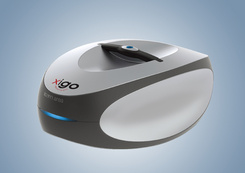
 400-860-5168转3908
400-860-5168转3908
 留言咨询
留言咨询
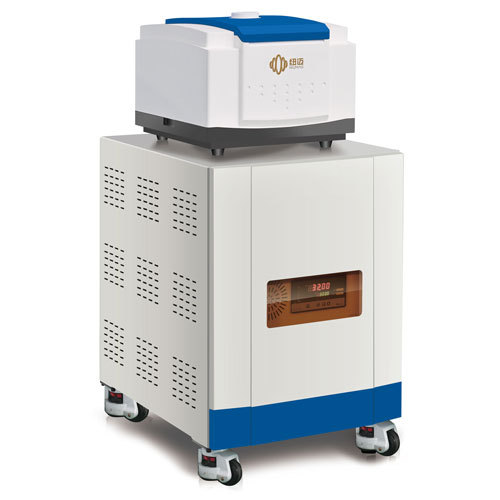
 400-858-9311
400-858-9311
 留言咨询
留言咨询
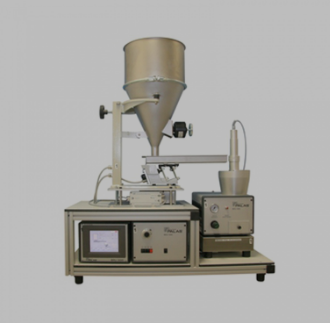
 400-860-5168转1946
400-860-5168转1946
 留言咨询
留言咨询
